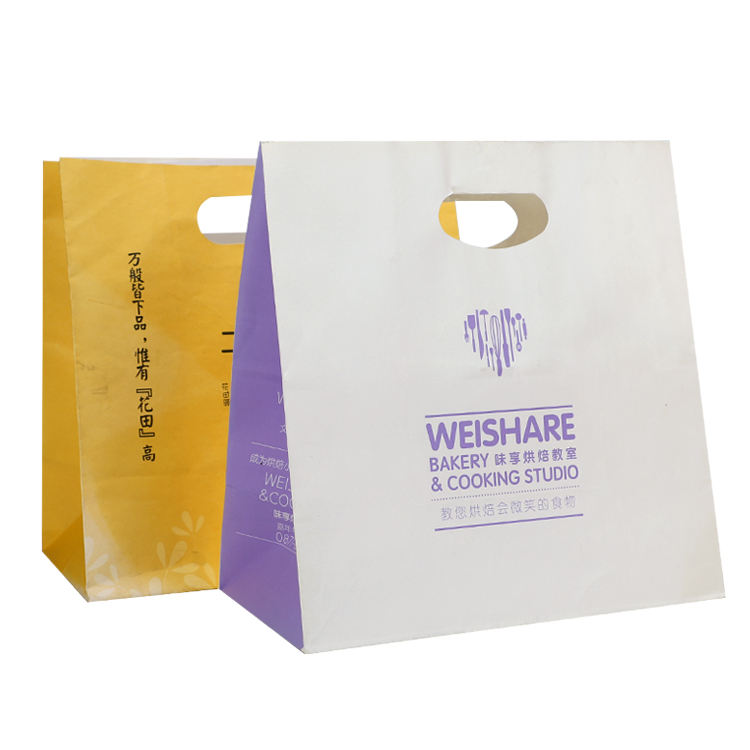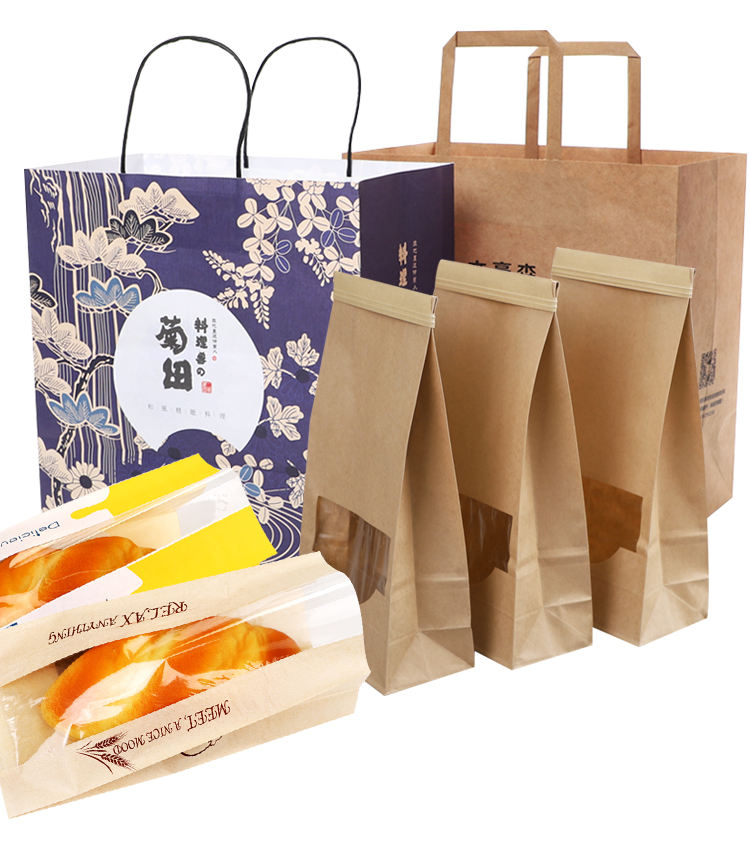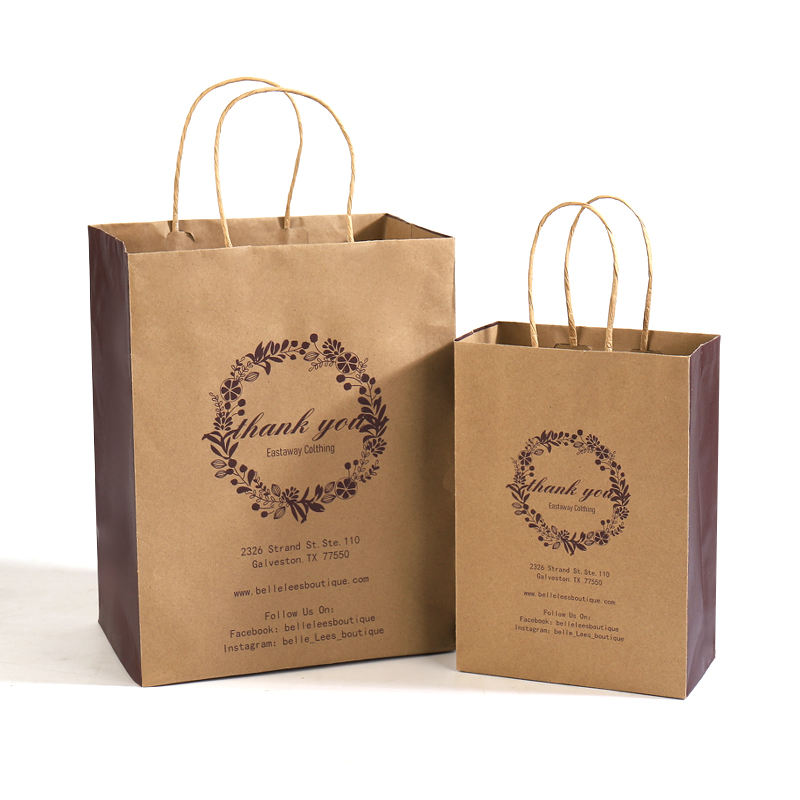The origin story of brown kraft paper bags is closely linked to the invention of the kraft paper manufacturing process, which occurred in the late 19th century. In 1883, a German chemist named Carl F. Dahl developed a new process for pulping wood chips into a strong and durable paper. This process involved boiling wood chips with a mixture of caustic soda and sodium sulfide, which separated the cellulose fibers and dissolved the lignin in the wood.
The resulting pulp was then washed, bleached, and pressed into sheets of paper. This new type of paper was called kraft paper, named after the German word for “strength.” Kraft paper quickly became a popular choice for packaging materials due to its superior strength and tear resistance.
Brown kraft paper bags were first produced in the early 20th century and were widely used in the packaging industry due to their cost-effectiveness, versatility, and durability. Brown kraft paper bags were made from unbleached kraft paper, which gave them their characteristic brown color. The bags were commonly used to package a wide range of products, including food, clothing, and consumer goods.
Over time, brown kraft paper bags have evolved to become a more customizable packaging option, with businesses adding their branding, logos, and designs to the bags to create a more personalized experience for customers. Today, brown kraft paper bags continue to be a popular choice for packaging due to their eco-friendliness, versatility, and affordability. They are made from a renewable resource, are biodegradable, and can be recycled, making them an eco-friendly option for businesses looking to reduce their environmental impact.



